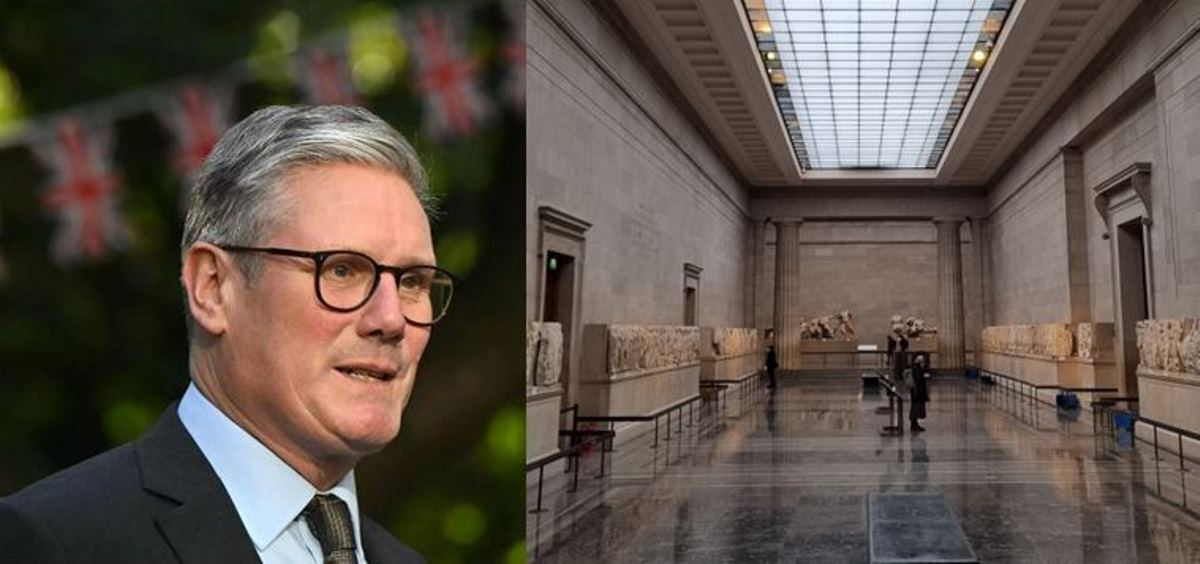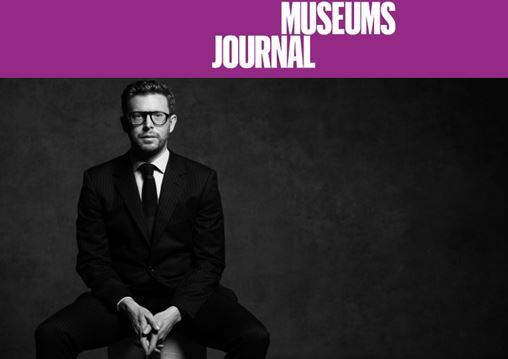http://archflip.com/en/new-acropolis-museum-athens
New Acropolis Museum
ATHENS, GREECE – Ongoing discoveries rendered the old, 19th century Acropolis Museum inadequate within a few short years of completion. The new museum has the capacity for over 4,000 exhibits, which display various works of sculpture and other pieces of ancient Greek art discovered in and around the Parthenon.
“Remains of an ancient city were discovered on-site; the excavations were then incorporated into the design.”
Simplicity was the dominant theme of the 21,000sq-meter museum’s design, as it was deemed the best approach to the many challenges presented by the location. Almost all of the perimeter walls are made of glass, because the majority of the sculptures on display were meant to be viewed in natural daylight, and simple concrete interior walls and smooth floors of local marble compliment the artwork with distracting attention.
During pre-construction, a 4,000sq-meter ancient city was discovered on site. Over 100 slender concrete pillars, precisely positioned so as not to disturb the remains, support the museum over the excavation area. The museum is articulated into three layers, as opposed to distinct floors. Floor-openings on the base level allow visitors to view the remains beneath the museum. Double-height ceilings in the middle layer accommodate a wide range of different pieces on permanent display.
The top layer is the Parthenon Gallery, which mimics the dimensions of the Parthenon and is rotated 23 degrees from the rest of the building to align with the historic structure. Glass perimeter walls allow seamless views of the Acropolis and Athens, and the concrete centre of the room displays the Parthenon frieze precisely as it was arranged and oriented in the original monument. Natural light from the Parthenon Gallery is filtered through its glass-floored atrium to the floors below.
Located less than 1,000ft (300m) southeast of the Parthenon at the entrance of a network of paths connecting major sites and monuments, the museum enables a dialogue between the displayed artefacts and the surrounding Acropolis buildings. Also inside the museum are a café, restaurant, museum shop and a public terrace.
The Acropolis Museum is open Tues. – Sun. 8AM – 8PM; Fri. until 10PM. The museum is closed on several major holidays. For more information, visit http://www.theacropolismuseum.gr/?pname=Home&la=2





Comments powered by CComment